Focus :: Graphic Design :: France
ext to sculpture, painting, architecture, cinema, cuisine and couture, France’s graphic design seems nowhere. Even in France itself, graphic design’s profile burns less brightly than the other arts, though its influence on its country’s wider visual culture is by no means insignificant; a high creative output generated by both established and emerging designers and ateliers. France seems to hold firm against the seductive Esperanto of globalised design more successfully than other nations, retaining it’s own particular elán—a good reason for us to glance over its national resumé…
L’Histoire du Vingtième Siècle—“Twentieth Century History” for those who don’t speak French.
Bazooka
Throughout the twentieth century, proponents of core themes that came to define France, like liberty and protest, used design to communicate and disseminate their messages. The Agitprop posters of Atelier Populåire are well known, though other notables among these révolutionaires were groups like Bazooka and Grapus. Bazooka were a mixed-sex collective with an alternative take on punk graphic design. Coming together in art school in Rouen in 1974, Bazooka’s members were exposed to ideas from across the graphic design / art intersection, notably Dadaism and neo-Dadaism. They learnt to print their own material and published a number of radical zines. Sexy and confrontational, they would doubtless be worth further investigation.
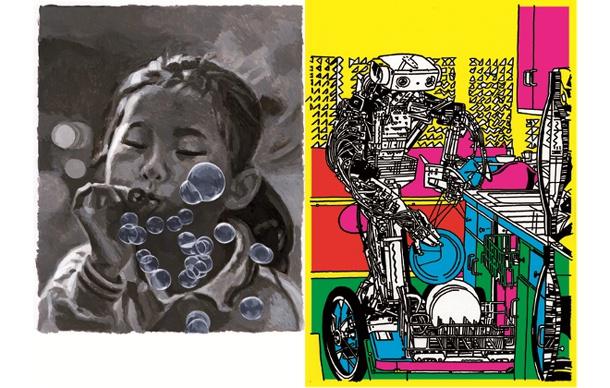

Grapus
Grapus was a collective of graphic artists who worked together between 1970 and 1991, before internal struggles tore it apart. Fiercely political, Grapus produced searing posters, often with a social intention or message. These posters have a political urgency about them that feels uniquely French, and when sat alongside those of Atelier Populáire pull into sharp relief the context in which they reside.
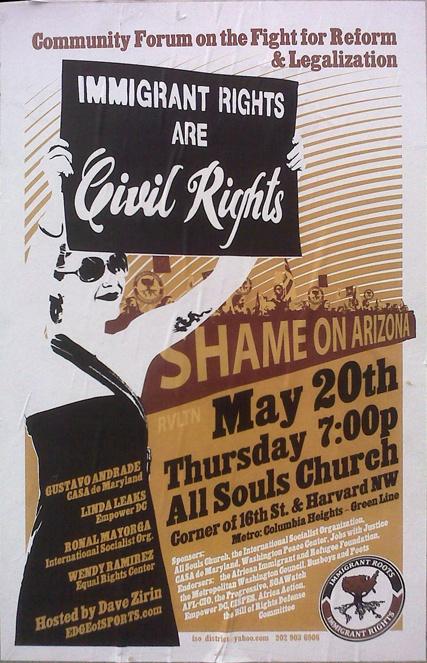
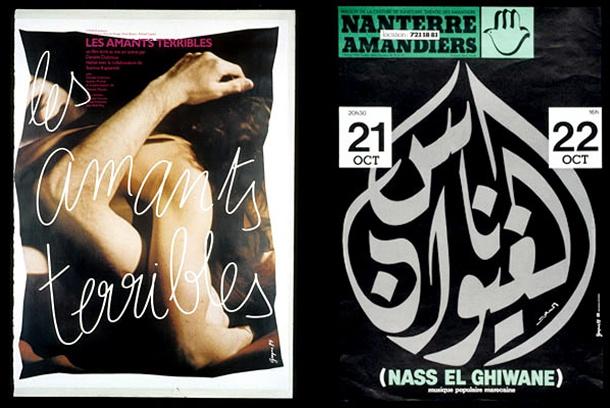
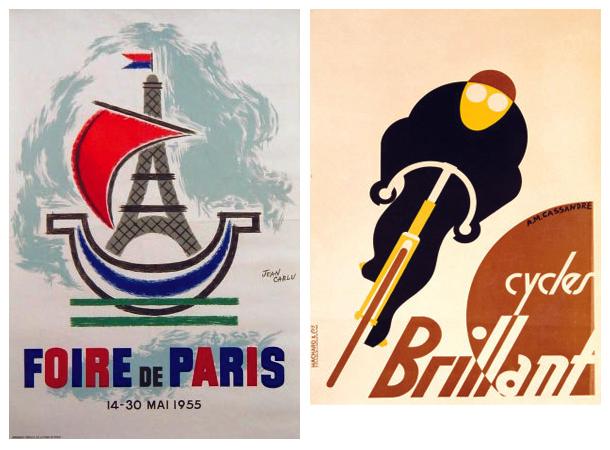
It is through no fault of their own that the graphic design of artists like Jean Carlu (left) and A.M. Cassandre (right) now appear clichéd—their style has been borrowed to death, their posters proliferated, reproduced and collected on a grand scale.
Havas City
Bringing things bang up-to-date, Paris-based ad agency Havas City was recently commissioned to redesign French supermarket Monoprix’s own-brand range of over 2000 grocery products—a huge task for any agency. Widely reported on in the British design press (see Creative Review spread, below), HC plumbed for a bold, no-nonsense typographical treatment, dispensing with imagery and package windows, but combining colourful type with witty messages.
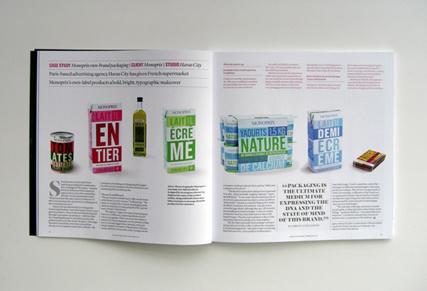
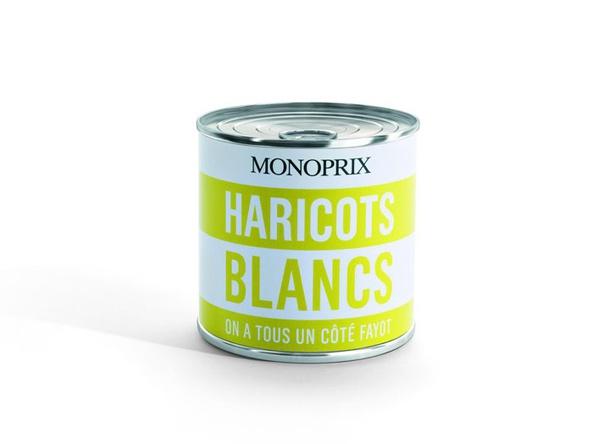
Image © Havas City
Grapheine
Proving French studios can produce clean, globalised-looking graphic design with the best of ‘em, design studio Graphéine produced an impactful and fun visual identity for 2010’s Festival de Marne. Echoes of Asian anime are apparent in the execution of the illustrations. A dilution of Gallic flair, or positive move toward a world-wide graphical aesthetic? You decide!
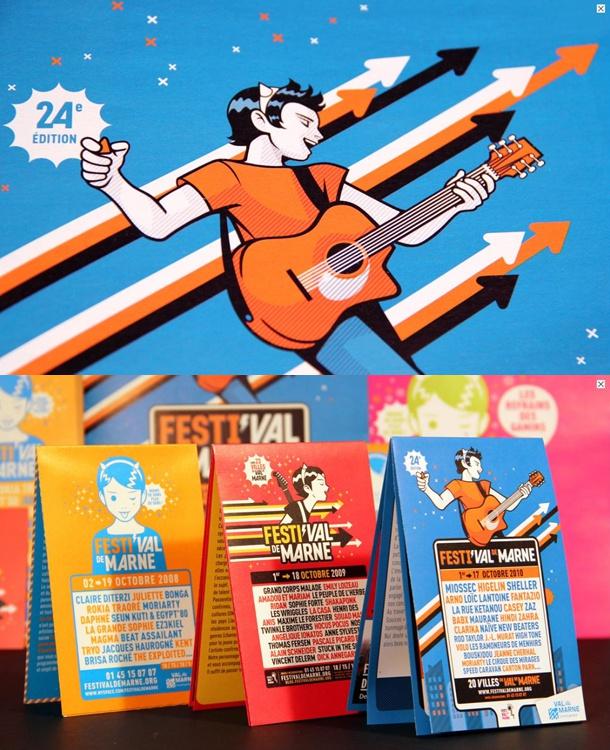
Images © Graphéine
Toffe
Not much known outside of French design circles, Toffe (a nom de plume—his real name is Christoph Jacquet) is an important and original graphic designer, with a certain following in Paris, where he was born and still resides. His work “bristles with contradictions” says Rick Poyner, combining ugly default computer settings with intricate fleurons and flourishes in jarring graphical juxtapositions.
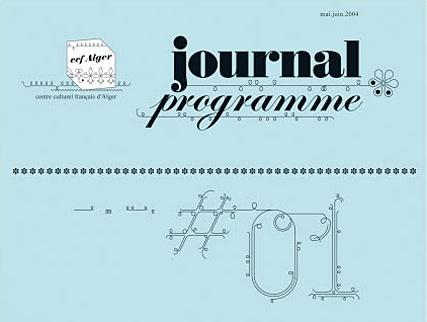
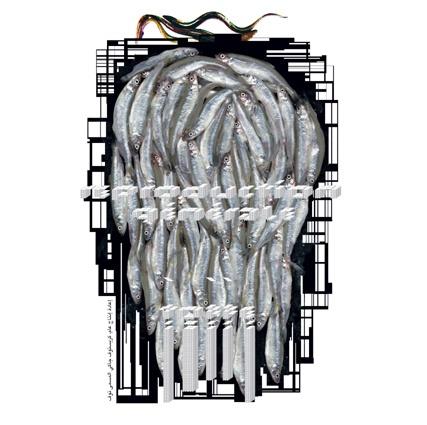
Images © Toffe.
M/M
M/M, graphical stars in France, combine design, art and format with dazzling originality and a kind of innocent sense of experimentation. Their posters, typefaces and alphabets have had their fair share of coverage, so it’s worth demonstrating how creative the designers there can be when working on installations, models and set design. Nothing seems beyond the pale for M/M—they have even turned their hand to frangrance concoction. In an industry often at risk of taking itself too seriously, M/M remind us that design can work best when it retains a sense of wit and spontaneity.
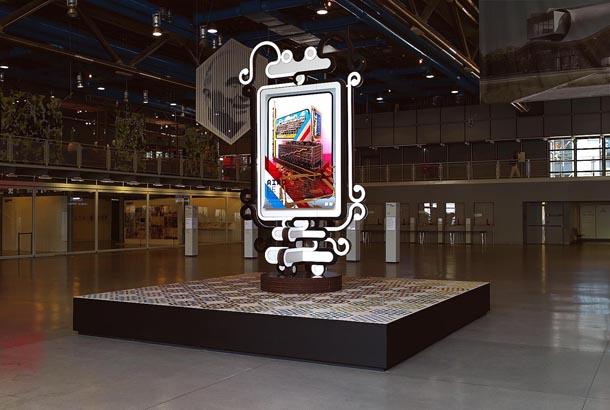
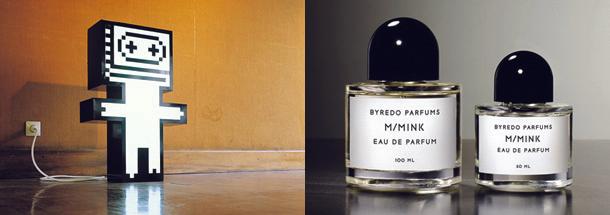

Images © M/M Paris.
by